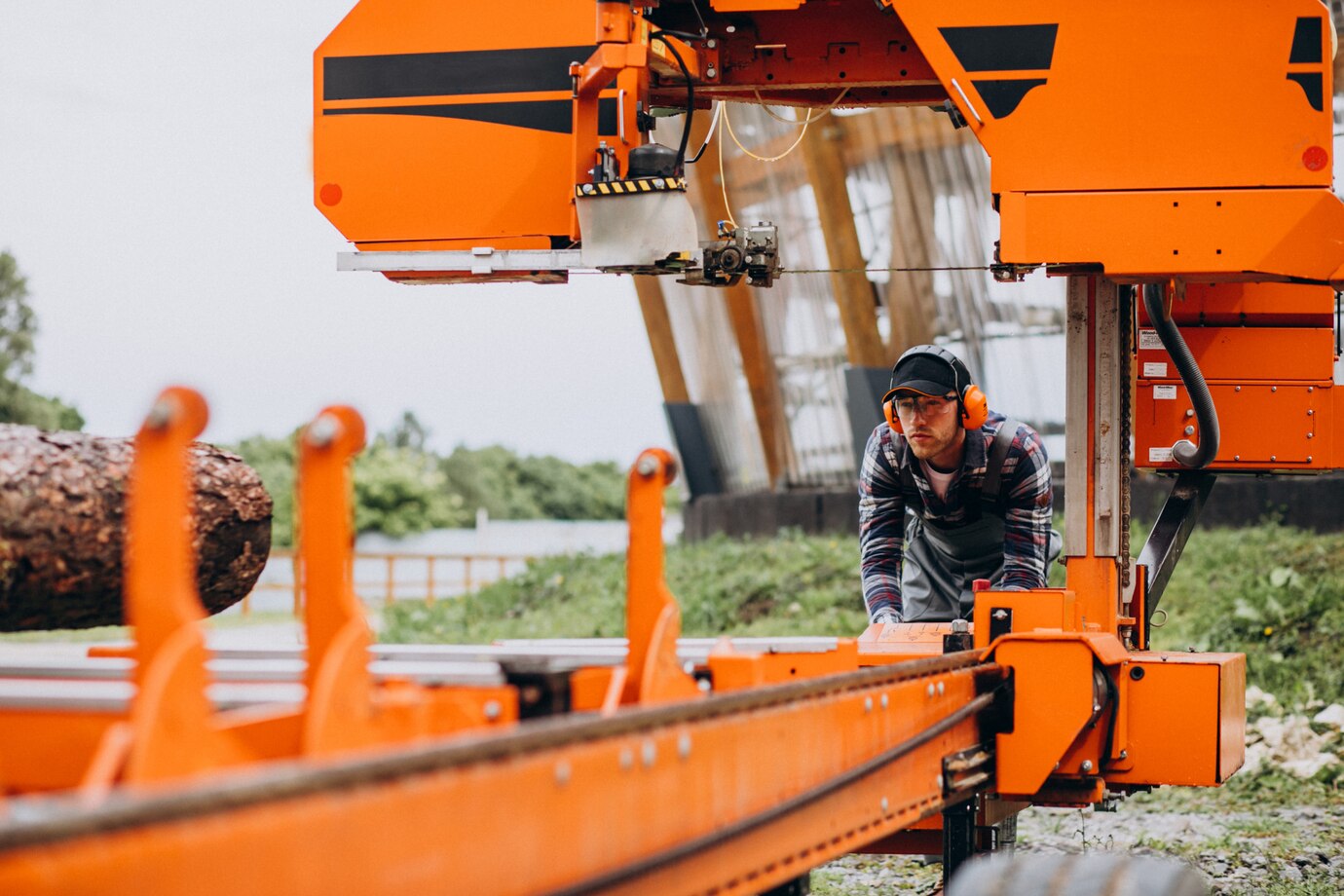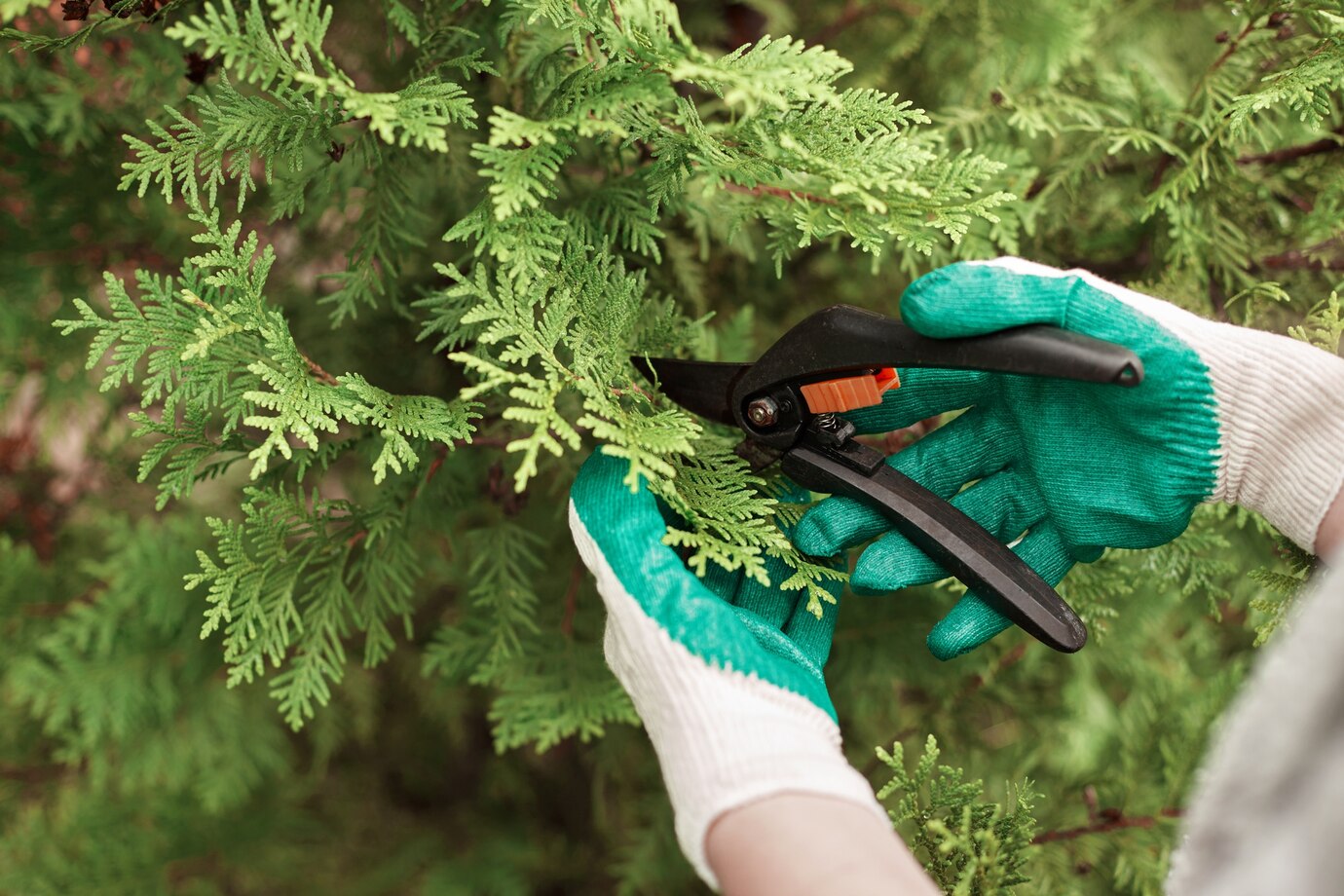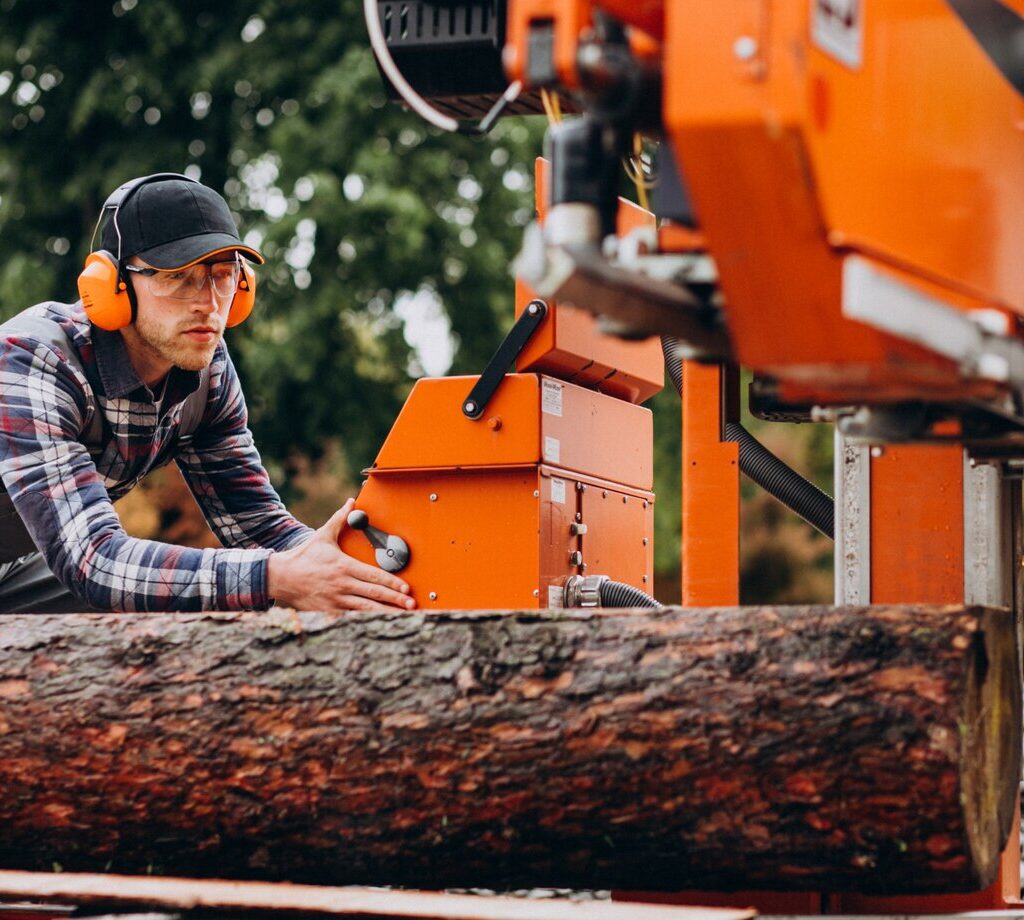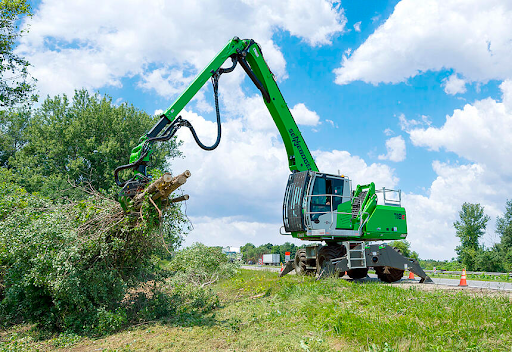Pine Tree Equipment Repair
Introduction
If you’ve ever worked with pine trees—whether in forestry, landscaping, or arboriculture—you know how essential the right tools and machinery are. Pine trees, with their tall structures and hardy wood, demand specialized equipment to handle tasks like cutting, climbing, and transporting. Nevertheless, similar to any device or machinery, this equipment is susceptible to deterioration over time. Neglecting maintenance can lead to inefficiency, safety hazards, and costly breakdowns. That’s why regular upkeep and repairs are crucial to keep your operations running smoothly.
This article dives deep into the world of pine tree equipment, exploring the tools involved, common problems, repair tips, and maintenance strategies to extend the life of your gear.
Common Pine Tree Equipment
Logging Tools
Chainsaws
Chainsaws are the go-to tools for cutting through pine wood, whether you’re felling trees or cutting logs into manageable sizes. Models vary in power and size, catering to different job scales.
Axes and Hatchets
While less high-tech, axes and hatchets remain valuable for smaller tasks, such as trimming branches or splitting logs. They are reliable backups when machinery fails or isn’t practical.
Climbing Gear
Ropes and Harnesses
Climbing tall pine trees requires strong, durable ropes and harnesses to ensure safety. These tools are indispensable for arborists working at height.
Climbing Spikes
Spikes attached to boots help climbers gain traction on tree trunks, making it easier to ascend tall pines efficiently.
Heavy Machinery
Skidders
Skidders are heavy-duty machines used for pulling logs out of the forest, especially in large-scale forestry operations.
Feller Bunchers
These machines combine cutting and gathering functions, allowing operators to handle multiple trees at once—a must-have for maximizing efficiency in large forests.
Common Issues with Pine Tree Equipment
Wear and Tear on Cutting Tools
Blades on chainsaws and axes can dull quickly, especially when cutting through resin-heavy pine wood. Dull blades require more force, increasing the risk of accidents and equipment strain.
Rope and Harness Degradation
Climbing gear is subject to fraying and weakening over time, particularly when exposed to UV rays, moisture, and frequent use.
Hydraulic System Failures in Heavy Machinery
Leaks and pressure loss in hydraulic systems are among the most common problems with heavy equipment. These issues can halt operations and lead to expensive repairs if not addressed promptly.

Identifying Problems Early
Preventive care begins with recognizing early warning signs.
• Visual Inspections: Regularly check for visible damage, like frayed ropes, cracked machinery components, or dull blades.
• Unusual Noises: Grinding, squeaking, or hissing sounds often indicate mechanical problems.
• Performance Declines: Slower operation, increased effort, or inconsistent cuts are signs your equipment needs attention.
Tools Needed for Repairs
Basic Tools
Even simple tools can address many common issues:
• Wrenches and pliers for adjusting or removing components.
• Screwdrivers for tightening loose parts.
Specialized Tools
Complex equipment may require:
• Sharpening Kits: Essential for maintaining cutting edges on chainsaws and axes.
• Hydraulic Testing Equipment: Helps diagnose pressure issues in heavy machinery.
Step-by-Step Repair Guide
Chainsaw Maintenance
1.Clean the Air Filter: Dirt buildup restricts airflow, reducing engine efficiency. Regularly clean, replace, or maintain the filter to keep it in good condition.
2.Sharpen the Chain: Use a sharpening file to restore cutting efficiency. A dull chain can make your job harder and damage the chainsaw.
3.Check Oil Levels: Chains need proper lubrication to function smoothly. Refill oil as needed to prevent overheating and wear.
Rope and Harness Repair
1.Inspect for Fraying: Examine ropes closely for weakened fibers.
2.Replace Worn Parts: Don’t compromise safety—replace worn-out harness straps, buckles, or clips immediately.
Heavy Machinery Repairs
1.Fix Hydraulic Leaks: Look for oil stains or dripping fluid. Tighten loose connections and replace damaged hoses.
2.Replace Worn Tracks: Skidders and similar machinery often need track replacements to maintain traction and stability.
Preventative Maintenance Tips
Prevention is always better (and cheaper) than cure.
• Regular Cleaning Routines: After use, clean tools to remove sap, dirt, and other debris that can cause damage.
• Proper Storage Practices: Store equipment in dry, temperature-controlled environments to prevent rust and material degradation.
• Scheduled Professional Inspections: Expert inspections can catch hidden problems early.
DIY vs. Professional Repairs
Advantages of DIY
• Cost-Effective: DIY repairs save on labor costs.
• Convenient: Minor fixes can be done on-site without waiting for a professional.

When to Call in the Pros
Complex repairs, such as engine overhauls or electrical system diagnostics, are best left to experts. Attempting these without proper skills can cause more harm than good.
Safety Tips During Repairs
• Put on Safety Equipment: Essential items include gloves, goggles, and sturdy boots.
• Power Off Equipment: Always disconnect power sources before starting repairs.
• Choose the Right Tools: Using incorrect tools can cause accidents or damage to the equipment.
Benefits of Well-Maintained Equipment
• Improved Efficiency: Tools and machinery operate at peak performance.
• Extended Lifespan: Regular maintenance reduces wear and tear, delaying the need for replacements.
• Enhanced Safety: Well-maintained equipment minimizes risks to operators and bystanders.
Choosing the Right Repair Service
When professional repairs are necessary, look for:
• Experience: Choose services specializing in forestry equipment.
• Transparency: Ask for clear estimates and warranties.
Reviews and Recommendations: Check online reviews or seek referrals from trusted colleagues.
Cost of Repairs
Repair expenses vary widely based on:
• Type of Equipment: Chainsaws cost less to repair than heavy machinery.
• Extent of Damage: Minor fixes are cheaper than major overhauls.
• Labor Rates: Professional services may charge hourly or per task.
Future Trends in Pine Tree Equipment Maintenance
The industry is evolving with:
• Remote Diagnostics: Cutting-edge sensors identify problems early, preventing them from worsening.
• Eco-Friendly Repair Materials: Biodegradable oils and sustainable parts are gaining popularity.
Automation: AI-powered tools and equipment simplify maintenance.
Conclusion
Caring for pine tree equipment isn’t just about keeping your tools in working order—it’s about ensuring safety, efficiency, and sustainability in your operations. Whether you’re handling small repairs yourself or seeking professional help, staying proactive with maintenance pays off in the long run.

